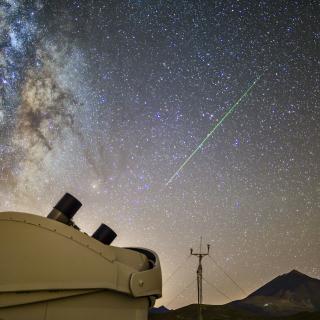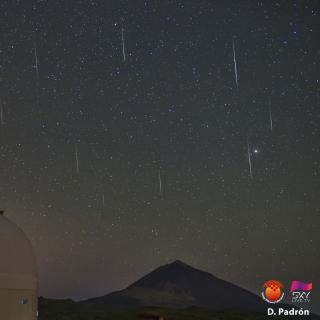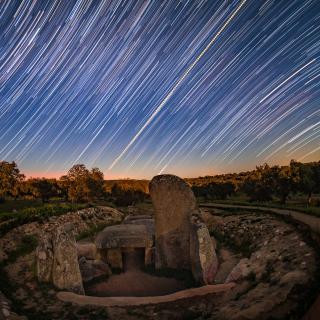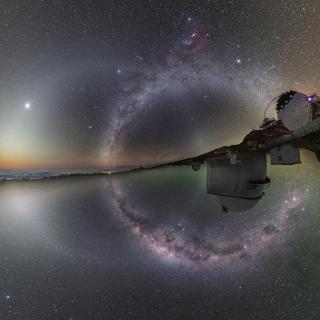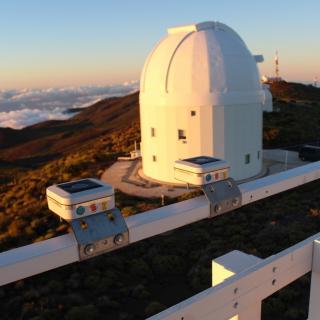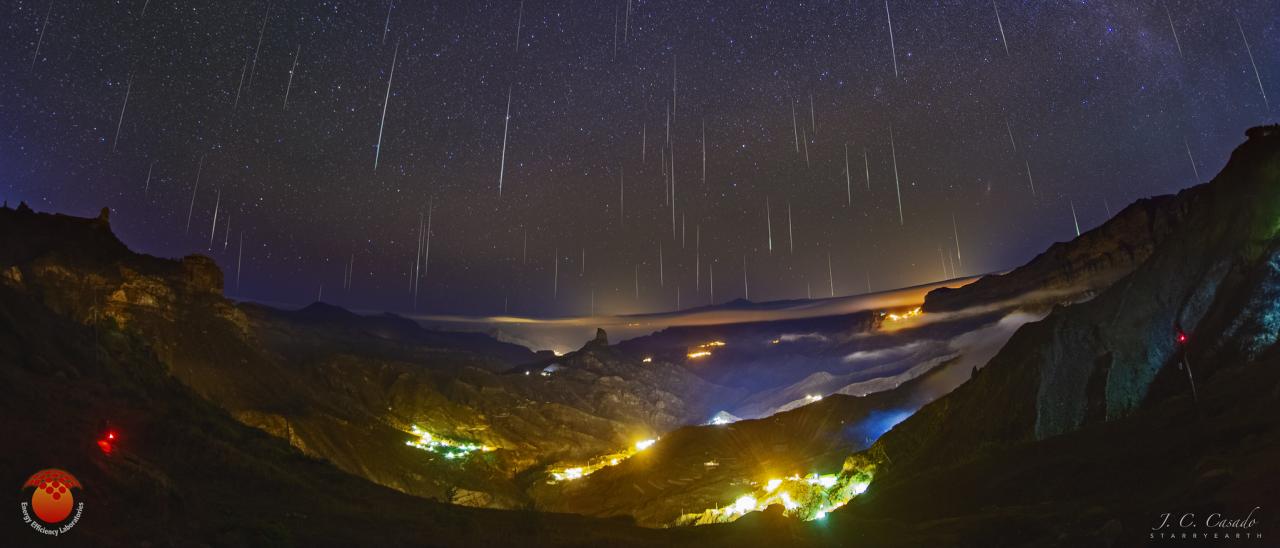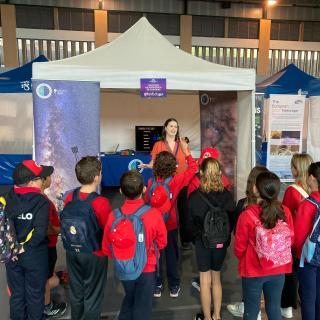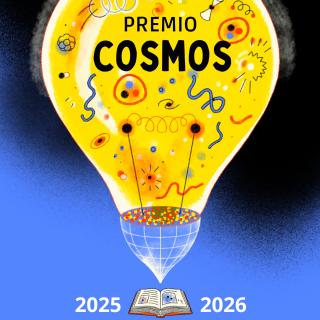During the afternoon of Sunday 20th June, as part of the outreach activities of the Energy Efficiency Laboratories (EELabs) project, coordinated by the Instituto de Astrofísica de Canarias (IAC) the sky-live.tv channel will broadcast the sunset of the summer solstice from the municipality of Tejeda, with the collaboration of the Town Council of the municipality and of World Heritage (Patrimonio Mundial) and Biosphere Reserve Institute of Grand Canary.
“The summer solstice was one of the key dates in the astronomy of the aboriginal people of the Island of Grand Canary. We know this thanks to historical chronicles” explains Dr. Juan Antonio Belmonte, Principal Investigator of the Archaeoastronomy group of the Instituto de Astrofísica de Canarias (IAC). Three decades of research show how this is reflected in the archaeological reality of the island.
Cuatro Puertas, los Llanos de Gamona, the almogaren of Montaña Santidad, are just some of the sites which have been studied during the past thirty years. But among the phenomena which occurs in the Risco Caído is perhaps the most notable. “Risco Caído is a very important reference for these studies, so much so that it was a determining factor in the declaration of Risco Caído and the Sacred Mountains of Grand Canary as a Cultural Landscape World Heritage of Humanity by UNESCO in 2019” says Belmonte.
Sunlight shines into the cave from the spring equinox until the autumn equinox, but reaches its maximum at the summer solstice. At that time a curious phenomenon occurs, “A beam of sunlight, which enters through a small hole, shines onto a large panel covered with pubic triangles, in the form of a phallus or a shield. This image moves down the wall with astronomical symbols possibly associated with fertility, which we are not sure about today” describes Belmonte. The cave is so special that during the other half of the year the light which shines into the interior of the cave and describes similar phenomena is that of the full moon.
The zone of the Sacred Mountains of Grand Canary and the valley of Tejeda are also special as having the darkest areas of the island. The project EELabs, whose aim is to measure the impact of light pollution on the natural ecosystems of Macaronesia has one of its networks of photometers in this valley, to evaluate how this kind of pollution propagates and to suggest possible solutions to avoid effects on the astronomical quality of the sky and on the biodiversity of the zone.
The broadcast of the solstice can be followed on Sunday 20th June from 20:45 h on https://sky-live.tv/retransmisiones/solstitium-2021
EELabs (eelabs.eu) is a project funded by the Programme INTERREG V-A MAC 2014-2020 and co-financed by FEDER (European Fund for Regional Development of the European Union, under contract number MAC2/4.6d/238. 5 centres in Macaronesia (IAC, UPGC, SPEA-Azores, SPEA-Madeira) work in EELabs. Its objective is to create laboratories to measure the energy efficiency of the artificial night-time illumination in the natural protected areas of Macaronesia (the Canaries, Madeira, and the Azores).
Fig 1. The Tejeda valley, bathed by the Geminids 2020 meteor shower. In the sky, in addition to the luminous traces of the Geminids, the constellation Orion on the left, the Pleiades in the centre and, crossing the right-hand corner, a fragment of the Milky Way. The terrestrial landscape reveals, from left to right, the rock formations of El Fraile, El Roque Nublo, the landscape of the sacred mountains of Gran Canaria, Roque Bentayga and the Tejeda Valley. In the background, in the centre of the image, the island of Tenerife can also be seen, crowned by Mount Teide. Credit: Juan Carlos Casado.

